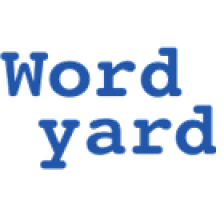You don’t have to read too far into Guy Steele’s “Growing a Language” to figure out what he’s up to. In this 1998 talk on the nature of programming-language design, Steele writes under a set of constraints: he may use any word of one syllable, but if he wishes to use longer words, he must define them first — using only words of one syllable.
Steele aimed to illustrate how awkward and confining it can be to try to express yourself when you don’t have access to an extensive vocabulary: “I wanted to show you want it is like to use a language that is much too small.” (By this point in the talk, he has already defined “language.”) His larger purpose is to advocate a philosophy of programming-language development that aims for neither a small nor a large language, but rather for one that is “designed to grow.”
Such growth is to be propelled not by a closed cadre of gurus but by the language’s users, who have been given an appropriate set of tools to extend the language. The shape of the language is such that these user-generated additions do not look or behave any differently from the “original” elements of the language provided by its initial creators. Nearly a decade later, this argument — which parallels similar ideas that have become popular in the open-source software community as well as in the “user-generated” enthusiasms of Web 2.0 — sounds neither arcane nor controversial.
[Read more…]

 This is the tenth edition of
This is the tenth edition of